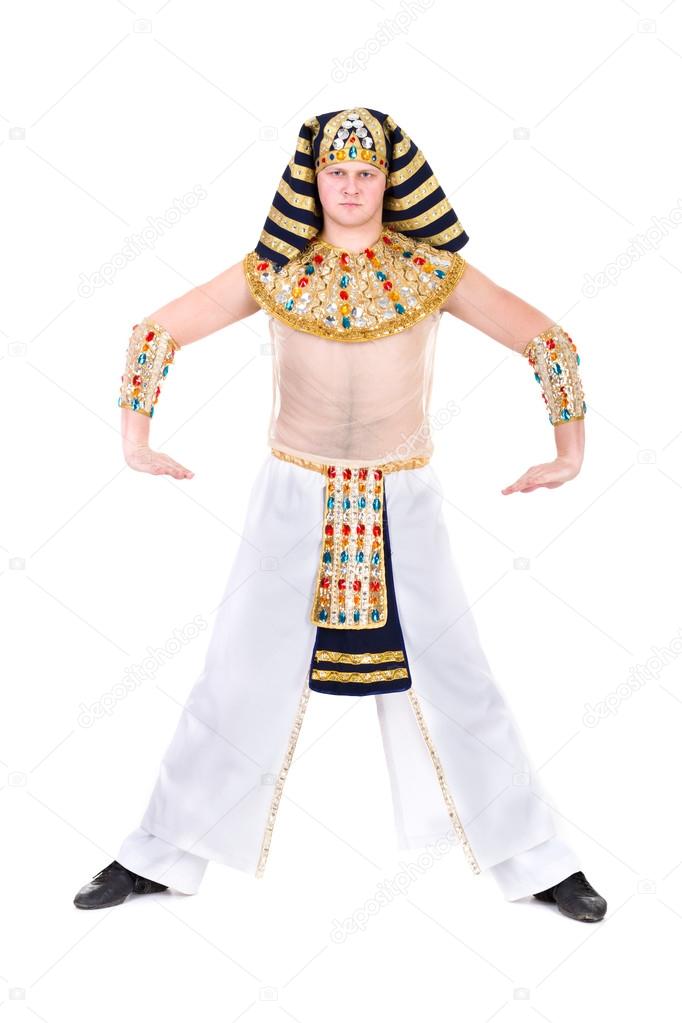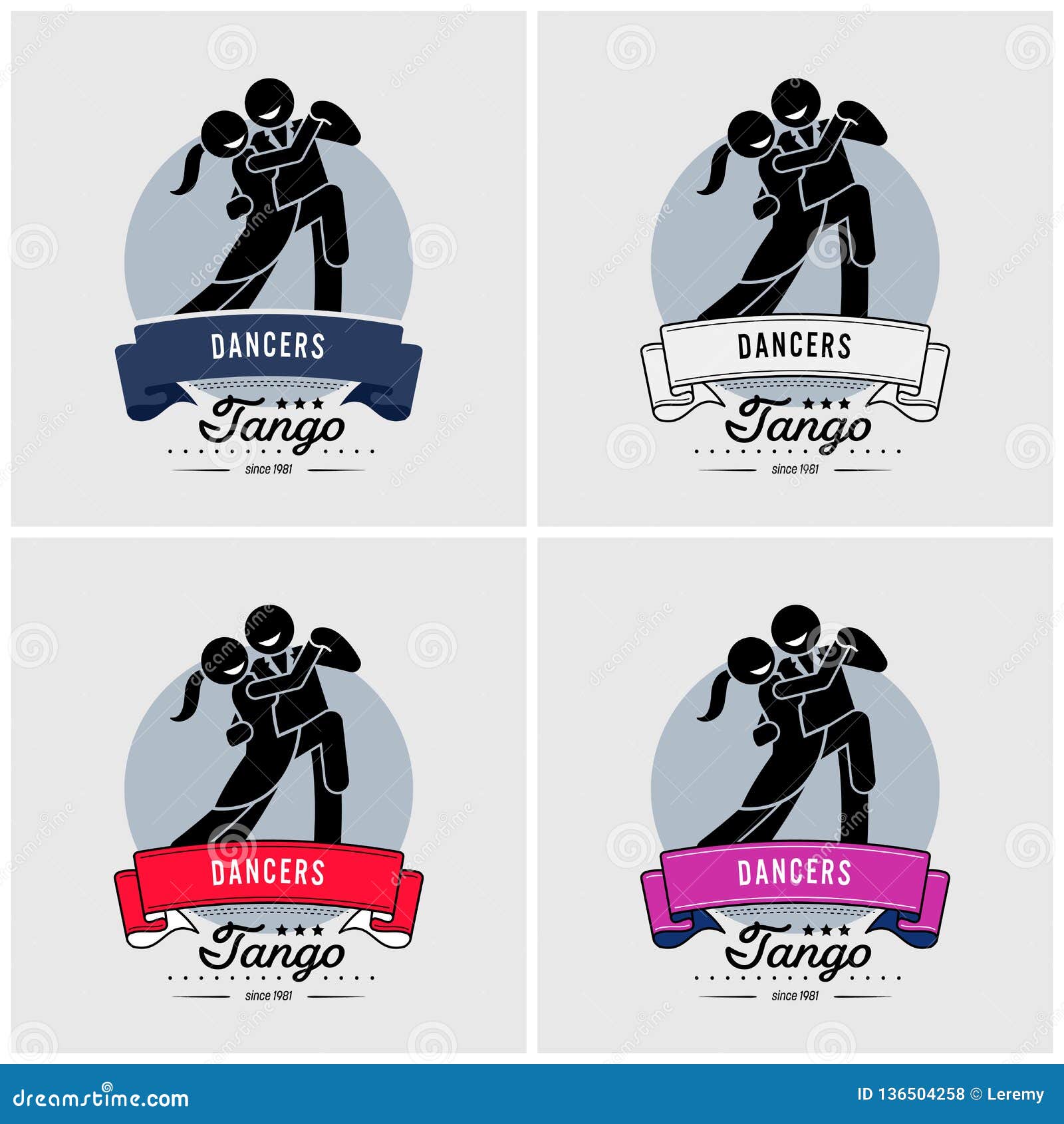

The television show enjoyed continued success up until the ninth season, which brought about change that greatly displeased viewers.
#THE DANCERS 1981 DOWNLOAD SERIES#
The Smurfs was nominated multiple times for Daytime Emmy awards, and won Outstanding Children's Entertainment Series in 1982–1983. The show became a major success for the network, spawning television specials on an almost yearly basis. The Smurfs secured their place in North American pop culture on September 12th, 1981, when the Saturday-morning cartoon premiered on NBC and aired from 1981 to 1990. Struggling with health issues including fatigue, Peyo soon lessened his protective grip on the Smurfs and allowed Hanna-Barbera a bit more creative freedom, leading to the approval of Season 9, where the series' usual premise was switched to that of time travelling. It was only after Delporte spoke with Peyo that production resumed as normal. In retaliation, Peyo then refused to approve any further material he received, causing an abrupt pause in production and panic for the studio. Peyo and Hanna-Barbera's relationship became more and more rocky over time, coming to a standstill when he learned the anti-drug episode, "Lure Of The Orb", was made despite his disapproval. Due to these complications, Peyo's involvement with the series was usually limited to approving or vetoing production material, providing character designs or ideas, and having discussions with the studio in person or through letters. He made corrections on tracing paper to send back to the studio, but by the time they received them, the episode in question would be practically finished due to an extremely tight production schedule. Multiple times during production, Peyo received drafts by the animators at Hanna-Barbera. During said meetings, Peyo was told about basic changes that needed to be made for an American audience, such as toned down violence and the altering of concepts from the comics that could be interpreted as having racial connotations or a possible reference to drugs. As Peyo could not understand English, Yvan Delporte served as his translator for the initial meetings between him and the studio. A notable example of a design he vetoed was Jokey Smurf wearing a Harpo Marx-esque wig and a bowtie. He did not want his characters to be "Americanized", forbidding activities like chewing gum or drinking Coca-Cola. When the cartoon show was in development, Peyo vetoed any extreme changes made to the setting and character designs of the Smurfs. Baldwin fought relentlessly with the network and studio over many things during the development of the series, including keeping it loyal to its creative roots and his idea for a soundtrack composed of classical music. The series was to be produced by Hanna-Barbera Productions in association with SEPP International S.A., and its first producer was to be Gerard Baldwin, as decided in 1980. NBC television executive Fred Silverman's daughter had a Smurf doll of her own, and Silverman thought that a series based on the Smurfs might make a good addition to his Saturday-morning lineup. Subsequently, Ross launched the Smurfs in the United States in association with a California company, Wallace Berrie and Co., whose figurines, dolls and other Smurf merchandise became a hugely popular success. Ross, an American media and entertainment entrepreneur who saw the Smurfs while travelling in Belgium, entered into an agreement with Editions Dupuis and Peyo, acquiring North American and other rights to the characters. This series is the second Smurfs television series, which was 20 years later than the airing of the first television series. Each season featured its own separate intro sequence, depicting various changes in the show for that season. It spawned a 30-minute syndicated version of the show called Smurfs Adventures in 1986, when it first debuted on various independent stations, and is now being aired on the Boomerang cable network. It originally aired for one hour of programming time in its first season, then it was expanded to 90 minutes for the following seasons until 1988, when it returned to its original one-hour show length. It was based on the Belgian comic series The Smurfs by Peyo which features the group of blue people called Smurfs. The Smurfs (actual title of the show does not use "the" as part of it) was a Hanna-Barbera cartoon series which aired on NBC from 1981 until 1990.
#THE DANCERS 1981 DOWNLOAD TV#
For the upcoming Nickelodeon TV series, see The Smurfs (2021 TV series)

For the TV series that aired in the 1960s, see The Smurfs (1961 TV series). For the comic strips that feature the characters, see Smurfs (comics).

60 to 90 minutes You may also be looking for the group of people called the Smurfs.


 0 kommentar(er)
0 kommentar(er)
